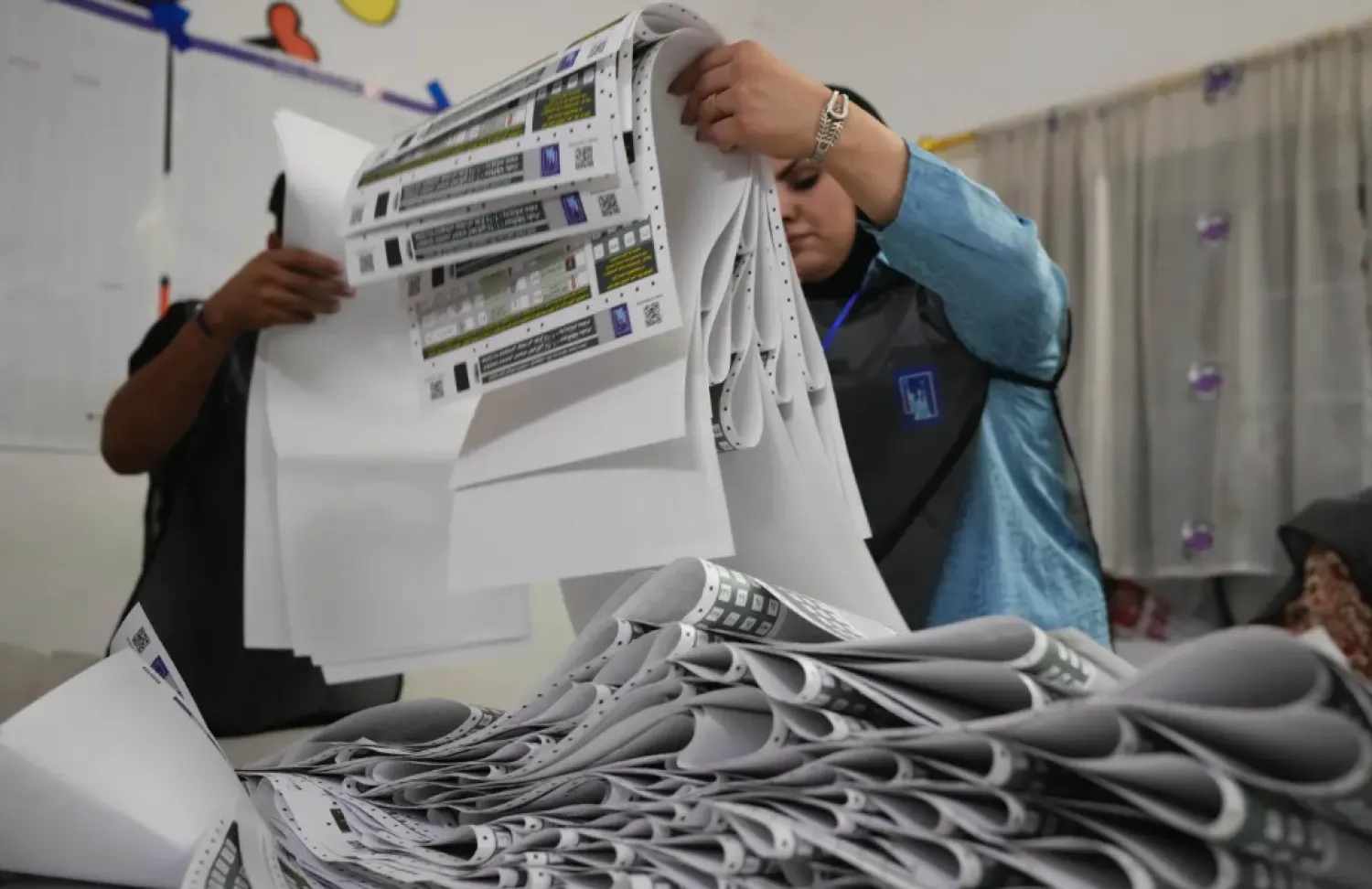The Basra provincial council unanimously approved on Tuesday to transform the southern governorate into an autonomous region.
The Council also invited other governorates to join the new region.
The Iraqi Constitution states that any governorate can become a region with independent powers.
Article 119 of the Constitution states that one or more governorates have the right to organize into a region in two methods: A request by one-third of the council members or a request by one-tenth of the voters in each of the governorates intending to form a region.
Since 2008, Basra residents have been calling for a federation. However, their request has been rejected.
The city had witnessed a series of demonstrations since June 2018 due to poor services and unemployment.
Head of the Basra provincial council Sabah al-Bazoni said Tuesday the decision on the formation of the autonomous region needs the votes of 12 council members. “Today, we have more than 20 signatures,” Bazoni said.
“We support the Constitution and the will of the people in Basra to establish a region,” Galih Khazali, a deputy allied with the Bina Alliance and who represents Basra in Parliament, told Asharq Al-Awsat.
He said Basra provides Iraq with 85 percent of its financial revenues, but “gets nothing in return, unlike the Kurdistan Region that offers nothing to the government from its oil revenues.”
However, another Basra deputy form the Reform Alliance, Badr al-Ziadi, told Asharq Al-Awsat that the council’s latest move did not come at the appropriate time.
“Basrans cannot agree on appointing a governor, so how can we manage the whole Basra region?” Ziadi asked.









